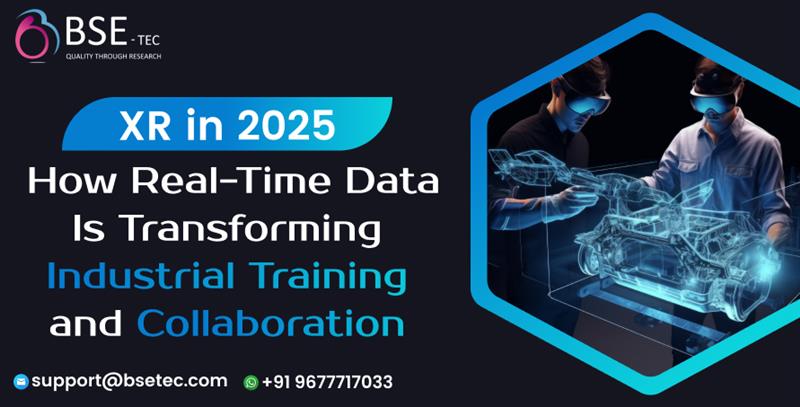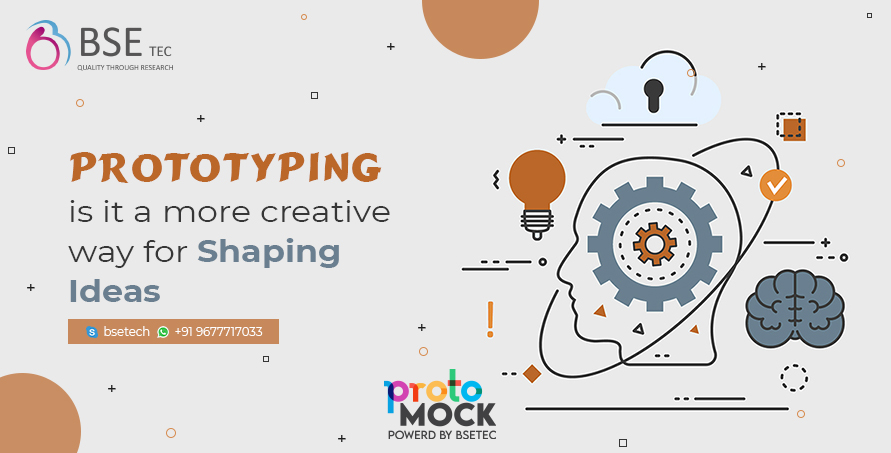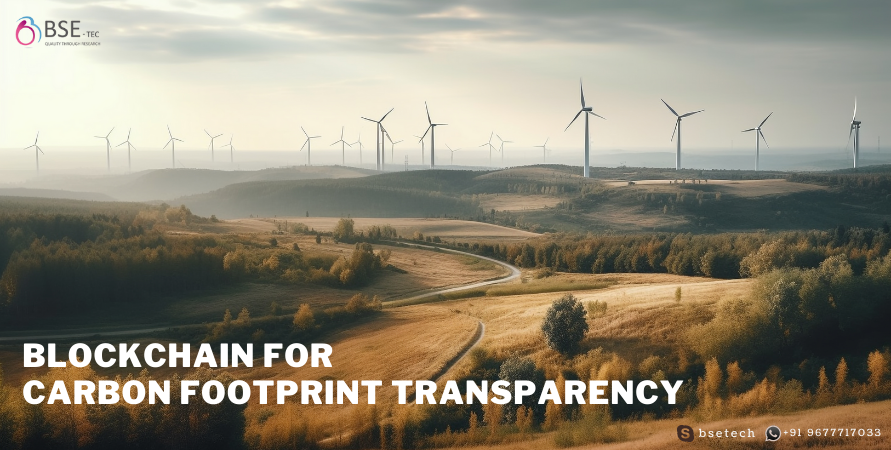
The convergence of Extended Reality (XR) and real-time data is reshaping the industrial landscape in 2025. As industries grapple with evolving challenges—ranging from workforce shortages to increasingly complex machinery—the need for more immersive, intuitive, and intelligent training and collaboration tools has never been greater. XR, powered by real-time data streams, is proving to be a game-changer.
What Is XR and Why It Matters in 2025
Extended Reality (XR) is an umbrella term that encompasses Virtual Reality (VR), Augmented Reality (AR), and Mixed Reality (MR). In industrial settings, XR is not just about flashy headsets or holograms—it’s a productivity tool that merges physical and digital environments to improve safety, efficiency, and performance.
In 2025, XR devices are sleeker, wireless, and deeply integrated into cloud and edge computing systems. This allows them to process massive amounts of real-time data, enabling applications that were previously theoretical.
The Fuel of XR Transformation
In real-time data refers to information that is delivered immediately after collection. With the industrial Internet of Things (IoT), sensors embedded in machines and systems provide constant updates about equipment status, environmental conditions, and human performance.
This data, when fed into XR systems, creates immersive environments that reflect real-world conditions in real time. Here’s how this synergy is revolutionizing training and collaboration.
1. Immersive Training That Mirrors Reality
Traditional Training vs. XR Training
- Traditional: Relies on manuals, static videos, and sporadic hands-on sessions.
- XR + Real-Time Data: Delivers situational, adaptive training environments that simulate real operational conditions.
2. Enhanced Collaboration Across Locations
In 2025, XR collaboration rooms allow experts from around the globe to “meet” on-site virtually. Real-time data integration lets them see exactly what a field engineer is seeing, plus live metrics—temperature, vibration levels, flow rates, etc.
3. Digital Twins: The Backbone of Smart XR Environments
Digital twins—virtual replicas of physical assets—are powered by real-time data and are foundational to XR applications in 2025. Workers can interact with these 3D models using VR headsets or AR displays, manipulating controls, simulating operations, and observing cause-effect dynamics instantly.
4. Human-Machine Interaction at New Depths
With AI interpreting real-time data, XR platforms in 2025 offer intelligent assistance. Think voice-activated AR overlays that highlight faulty components, suggest replacements, or even reorder parts autonomously.
5. Data-Driven Continuous Improvement
In 2025, XR platforms track every user interaction—what decisions were made, how long tasks took, which steps caused confusion. This behavioral data is analyzed to refine training programs and optimize standard operating procedures.
Challenges Still Exist
Despite rapid advancements, some hurdles remain:
- Data privacy & security: Real-time data handling must meet strict compliance standards.
- Hardware fatigue: Long XR sessions can still be physically taxing.
- User resistance: Generational gaps and change fatigue can hinder adoption.
Looking Ahead: The Industrial Metaverse
The blending of XR and real-time data is a stepping stone toward the industrial metaverse—a shared, persistent virtual space for collaborative industrial design, maintenance, and training. In 2025, organizations that embrace this shift are already seeing productivity gains, lower costs, and more resilient workforces.
XR powered by real-time data is no longer a futuristic vision—it’s an industrial necessity in 2025. From immersive training to global collaboration, the impact is profound and measurable. As technology matures, those who integrate XR into their operational DNA will lead the next wave of industrial transformation.
Are development companies involved in XR? Great question! Let’s expand on how development companies like BSEtec are involved in the transformation of industrial training and collaboration through XR (Extended Reality) and real-time data integration.
How Companies Like BSEtec Are Driving XR Innovation in 2025
Who Is BSEtec?
BSEtec is a forward-thinking software development company known for offering custom tech solutions in XR, AI, blockchain, and real-time applications. By leveraging cutting-edge tools and frameworks, BSEtec plays a critical role in helping industries embrace digital transformation—especially in sectors like education, manufacturing, logistics, and healthcare.
In 2025, companies like BSEtec aren’t just coding XR applications—they are building intelligent, integrated ecosystems where XR and real-time data work in tandem to optimize industrial processes.
Key Roles of BSEtec in XR and Real-Time Data Integration
1. Custom XR Application Development
BSEtec develops tailor-made XR applications for clients using platforms like Unity3D, Unreal Engine, ARKit, and ARCore.
- VR-based industrial training simulators: Interactive training modules for machinery, safety, and compliance.
- AR overlays for field operations: Mobile AR apps that project real-time data from IoT sensors onto machinery or workspaces.
- Mixed Reality environments: MR apps for remote collaboration and diagnostics using real-time telemetry.
2. IoT and Real-Time Data Integration
Real-time data is crucial for making XR useful in industrial scenarios. BSEtec ensures seamless integration with:
- Industrial IoT platforms (like AWS IoT, Azure IoT Hub)
- SCADA systems
- Cloud/Edge analytics platforms
Their XR solutions are connected to these sources to offer context-aware, data-driven experiences—for example, an AR dashboard showing real-time machine temperatures or alerting technicians about impending failures.
3. Digital Twin Implementation
BSEtec helps companies create digital twins of physical assets. These twins are synced in real-time with the actual machinery and visualized in XR interfaces for:
- Predictive maintenance
- Process simulation
- Remote inspections
They also build interfaces where users can interact with the twin in VR or AR, simulate changes, and see projected outcomes before implementing them on the floor.
4. AI-Enhanced XR Experiences
Through AI integration, BSEtec builds smart XR assistants that:
- Guide users through procedures with real-time visual cues
- Analyze behavior and performance during training
- Adapt instructions based on the user’s real-time actions
This is particularly valuable in industries where hands-free operations and intelligent automation are vital.
5. Cross-Platform and Scalable Solutions
BSEtec ensures the XR solutions are cross-platform—usable on:
- AR glasses (like Microsoft HoloLens or Magic Leap)
- VR headsets (Meta Quest, HTC Vive)
- Tablets, smartphones, and desktop systems
They also make sure the infrastructure is scalable, with backend support for real-time analytics, user tracking, and cloud deployment.
Industrial Training Platform
Imagine a manufacturing company wanting to train new hires on machine operations. BSEtec could:
- Develop an XR training module with VR simulations for machine usage.
- Connect it to real-time data from existing machine sensors.
- Use AI to track trainee performance and adapt training flows.
- Deploy it via cloud to multiple factories worldwide.
This results in:
- 40% reduction in training time
- Safer upskilling in high-risk environments
- Standardized training quality globally
Looking Ahead
As XR becomes more embedded in industrial workflows, the demand for full-stack development expertise, domain-specific customization, and real-time system integration will continue to grow. Companies like BSEtec are well-positioned as enablers—bridging the gap between vision and execution.Would you like to add a section comparing BSEtec with other leading XR development companies or expand this into a partnership pitch deck format for your specific industries like automotive, mining, or construction? Please do contact www.bsetec.com
Did you find this article useful? Let us know by leaving a comment below, or join us on Twitter and Facebook.


